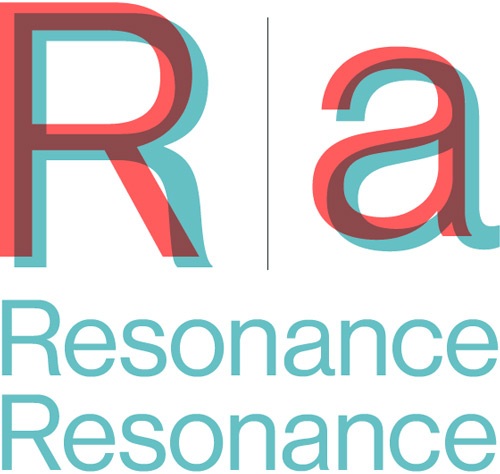

Free fonts often have not all characters and signs, and have no kerning pairs (Avenue A venue, Tea T ea).
Die neue haas grotesk professional#
Please note: If you want to create professional printout, you should consider a commercial font.
Die neue haas grotesk pro#
Its thinnest weight was designed by Berton Hasebe. 20 Professional Neue Haas Grotesk Display Pro 65 Medium Fonts to Download. The typeface was soon revised and released as Helvetica by Linotype AG. Schwartz completed the family in 2010 for Richard Turley at Bloomberg Businessweek. Neue Haas Grotesk was to be the answer to the British and German grotesques that had become hugely popular thanks to the success of functionalist Swiss typography. Helvetica is a neo-grotesque design, one influenced by the famous 19th century (1890s) typeface Akzidenz-Grotesk and other German and Swiss designs. Schwartz’s revival was originally commissioned in 2004 by Mark Porter for the redesign of The Guardian, but not used. Helvetica or Neue Haas Grotesk is a widely used sans-serif typeface developed in 1957 by Swiss typeface designer Max Miedinger and Eduard Hoffmann.

It was created at the Hass type foundry (known as Haas’sche Schriftgiesserei) of Mnchenstein, Switzerland. So rather than trying to rethink Helvetica or improve on current digital versions, this was more of a restoration project: bringing Miedinger’s original Neue Haas Grotesk back to life with as much fidelity to his original shapes and spacing as possible (albeit with the addition of kerning, an expensive luxury in handset type).” Designer: Max Miedinger (19101980) 1957: Basel, Switzerland Modern Versions: Linotype Neue Haas Grotesk, 2011 Neue Haas Grotesk Before Helvetica was. Neue Haas Grotesk Display 65 MediumAll the song titles in his eponymous new album, Future Grotesk, are variations of his moniker (i.e. Formerly known as Die Neue Haas Grotesk, Helvetica is a sans-serif typeface which was developed by Max Miedinger, a Swiss typeface designer with contribution from Eduard Hoffman in 1957. “Much of the warm personality of Miedinger’s shapes was lost along the way. In the 1980s Neue Helvetica was produced as a rationalized, standardized version.įor Christian Schwartz, the assignment to design a digital revival of Neue Haas Grotesk was an occasion to set history straight. During the transition from metal to phototypesetting, Helvetica underwent additional modifications. For instance, the matrices for Regular and Bold had to be of equal widths, and therefore the Bold was redrawn at a considerably narrower proportion. Neue Haas Grotesk underwent its first radical transformation when it was refitted to work on Linotype casters, with duplexed Regular and Bold weights. As Neue Haas Grotesk had to be adapted to work on Linotype’s hot metal linecasters, Linotype Helvetica was in some ways a radically transformed version of the original.


 0 kommentar(er)
0 kommentar(er)
